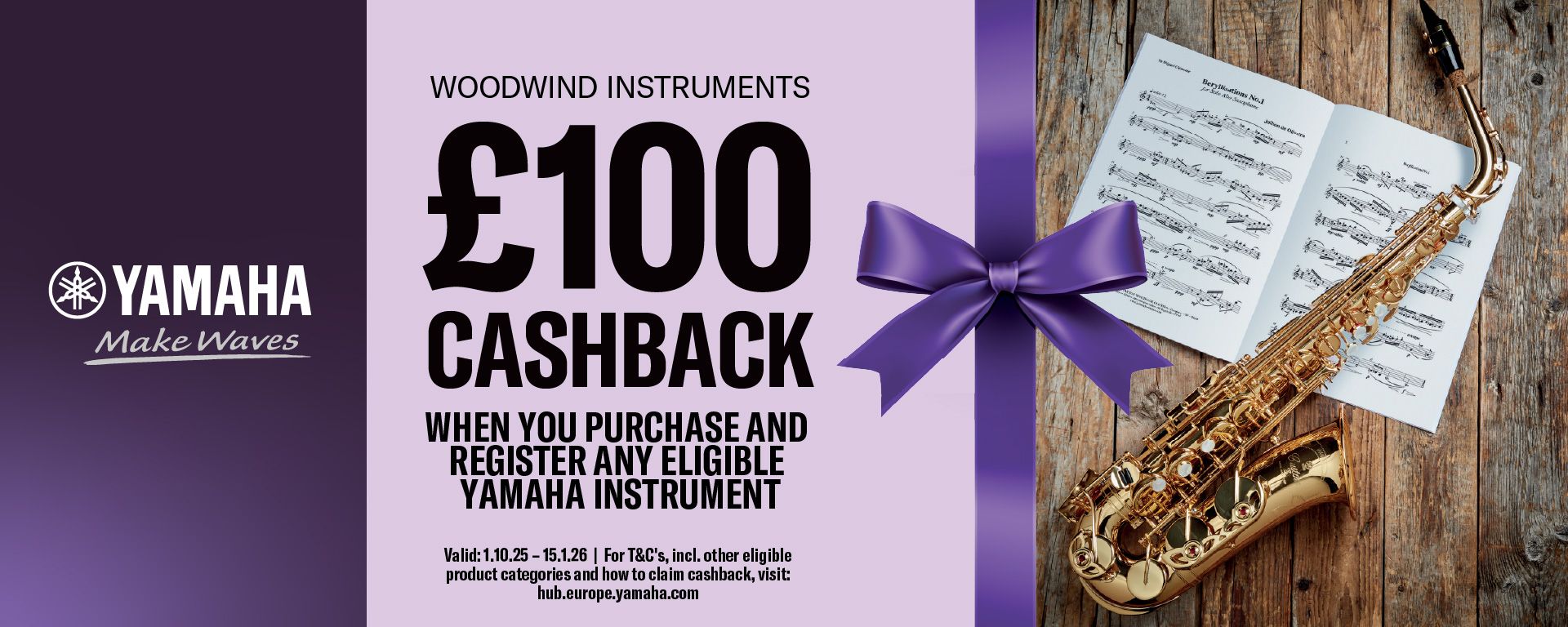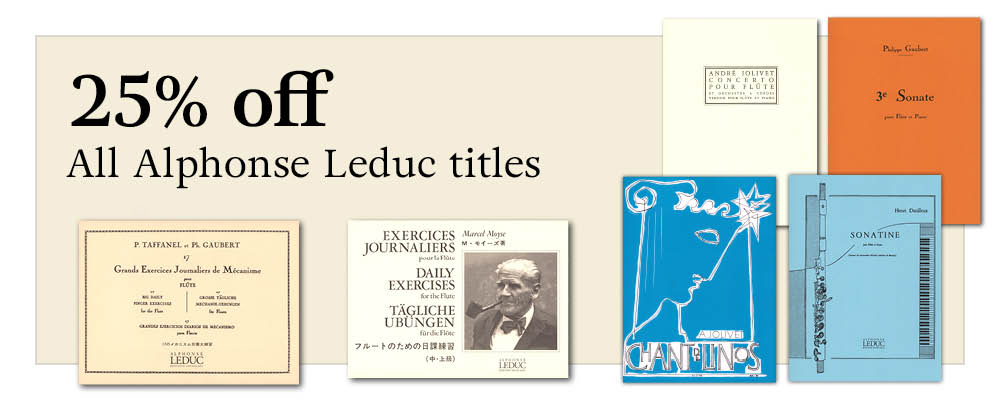Complete Methodical Sonatas for Flute and Basso Continuo, TWV 41
From the Publisher
Playing score with melody instrument and basso continuo with figured bass.
The two volumes of the original edition of Telemann’s twelve “Methodische Sonaten”, to which the present sonatas belong, have the following title: SONATE METODICHE / à Violino Solo o Flauto traverso / Opera XIII (1728) and Continuation des / SONATES METHODIQUES / à Flûte traverse ou à Violon (1732). But this is not simply a question of a repertoire that can be performed equally well on both instruments. The slight variation in the order of naming the instruments has its significance. By observing certain fingerings and motifs that are idiomatic to the flute or the violin, one may find a clue to the ascription of the individual sonatas to one or the other instrument. Nos. 3, 4, 7, 8 and 10–12 contain typical flute passages, while only in the last movement of No. 5 do typically violinistic fingerings occur (double-stopped unisons on e’’). The remaining sonatas can be described as neutral and thus equally suited to both instruments.
The twelve sonatas, which are composed with four movements each in the first volume and five in the second, are found in the keys of C major – C minor – D major – D minor – E major – E minor – G major – G minor – A major – A minor – B minor – B-flat major. Apart from their purely musical value, their significance rests on the additional characteristic that Telemann intends by calling them “methodical”. The preface talks only in general terms of the “singing style”, but contemporary advertisements in the press are more specific:
“[The sonatas] will be very useful to those who wish to apply themselves to cantabile ornamentation”.
Telemann gives the solo part of the slow movements, which appear in first or second place, in two versions: on the first stave the simple melodic line, and on the second the same with added ornamentation. Comparison of the two different readings should help to familiarise musicians with the way in which to "grace” a plain melody by means of French “essential ornaments” and Italian “impromptu variants on the simple intervals”, and so, by alternating between them, to perfect his taste.
Our Description
Please note, this is a single playing score.
Contents
- Sonata in G minor TWV 41:g3
- Sonata in A major TWV 41:A3
- Sonata in E minor TWV 41:e2
- Sonata in D major TWV 41:D3
- Sonata in A minor TWV 41:a2
- Sonata in G major TWV 41:G4
- Sonata in B minor TWV 41:h3
- Sonata in C minor TWV 41:c3
- Sonata in E major TWV 41:E5
- Sonata in B-flat major TWV 41:B5
- Sonata in D minor TWV 41:d2
- Sonata in C major TWV 41:C3
Item Details
Our Stock Code: 1510232Instrumentation
- Part 1: Flute or Violin
- Part 2: Basso continuo
Category: Baroque Flute and Continuo Music
Publisher: Bärenreiter
Publisher's reference: BA2951-22
Media Type: Paperback (73 pages [score])
Country of Origin: Germany
HS Code: 49040000



